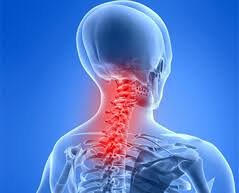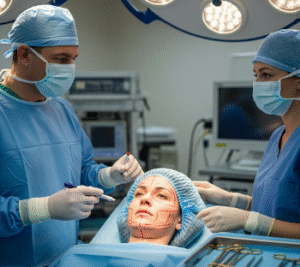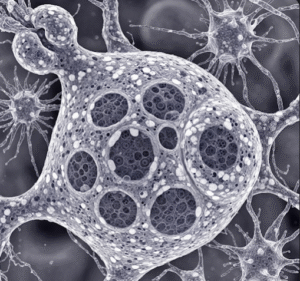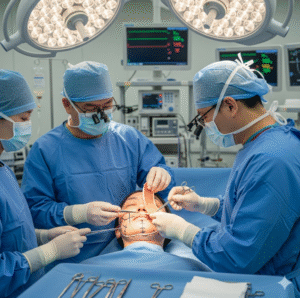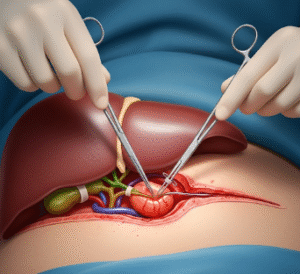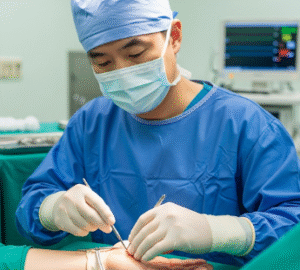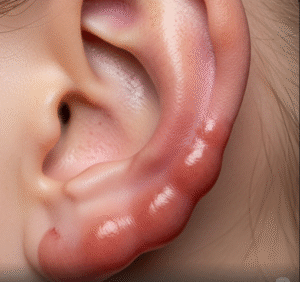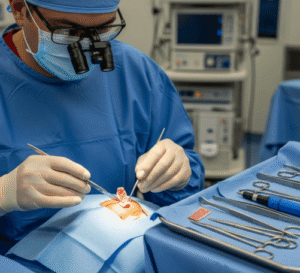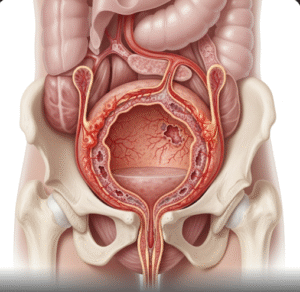Overview
Cervical spondylosis, also known as neck osteoarthritis, is the age-related degeneration of the cervical spine, including discs, vertebrae, and joints. It can lead to neck pain, stiffness, and in severe cases, nerve compression causing neurological symptoms. In Korea, advanced orthopedic and neurology centers provide precise diagnosis, pain management, and surgical options to improve quality of life.
Symptoms
- Neck pain and stiffness
- Shoulder or arm pain
- Numbness, tingling, or weakness in arms or hands
- Reduced range of motion in the neck
- Headaches originating from the neck
- Muscle spasms
- In severe cases, balance issues or difficulty walking
Causes
- Degeneration of cervical discs and joints due to aging
- Repetitive neck movements or poor posture
- Previous neck injuries or trauma
- Genetic predisposition to early spinal degeneration
- Osteophyte (bone spur) formation compressing nerves
- Lifestyle factors such as sedentary behavior
Risk Factors
- Age over 40
- Occupations requiring prolonged neck activity (desk work, driving)
- Smoking, which accelerates disc degeneration
- Sedentary lifestyle or poor posture
- Obesity, increasing stress on cervical spine
- Previous neck injuries
Diagnosis
In Korea, diagnosis involves:
- Physical examination to assess neck movement, pain, and neurological deficits
- X-rays to detect bone spurs, disc space narrowing, and alignment issues
- MRI or CT scan for detailed evaluation of discs, nerves, and spinal cord
- Electromyography (EMG) to assess nerve function in severe cases
- Patient history regarding symptoms, occupation, and previous injuries
Prevention
- Maintaining good posture, especially during desk work
- Regular neck and upper back exercises to strengthen muscles
- Avoiding prolonged static neck positions
- Ergonomic workplace adjustments
- Healthy lifestyle including weight management and regular physical activity
- Early evaluation of neck pain to prevent progression
Treatment Options in Korea
- Non-Surgical Management
- Pain relief with NSAIDs or acetaminophen
- Physical therapy for posture correction and muscle strengthening
- Cervical collars or braces for short-term support
- Heat/cold therapy to relieve stiffness and discomfort
- Lifestyle modification and ergonomic adjustments
- Interventional Treatments
- Epidural steroid injections or nerve blocks for severe pain
- Minimally invasive procedures for nerve compression
- Surgical Treatment
- Anterior cervical discectomy and fusion (ACDF)
- Cervical disc replacement in selected cases
- Laminectomy or foraminotomy for spinal cord or nerve root decompression
- Performed in advanced Korean orthopedic and neurosurgery centers
- Rehabilitation
- Postoperative physical therapy to restore neck mobility
- Gradual return to daily activities and work
- Regular follow-up to monitor spine health

